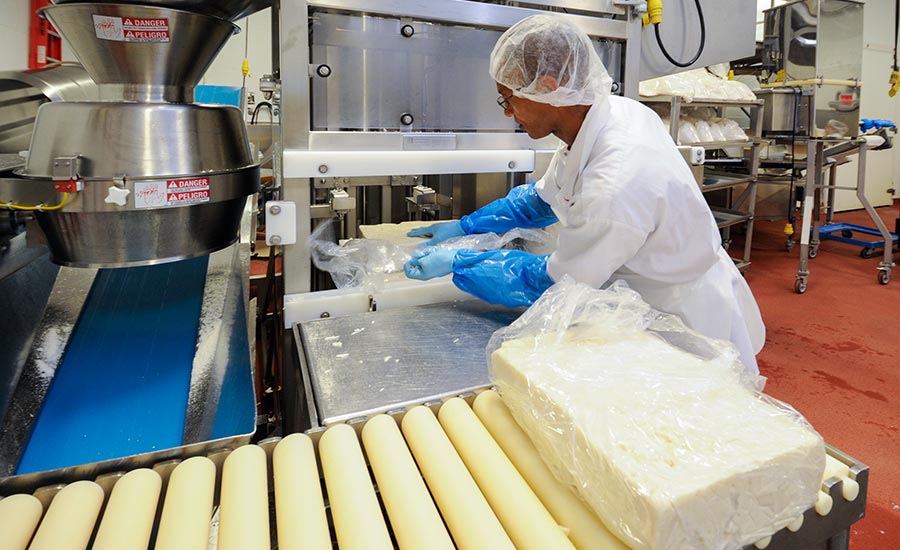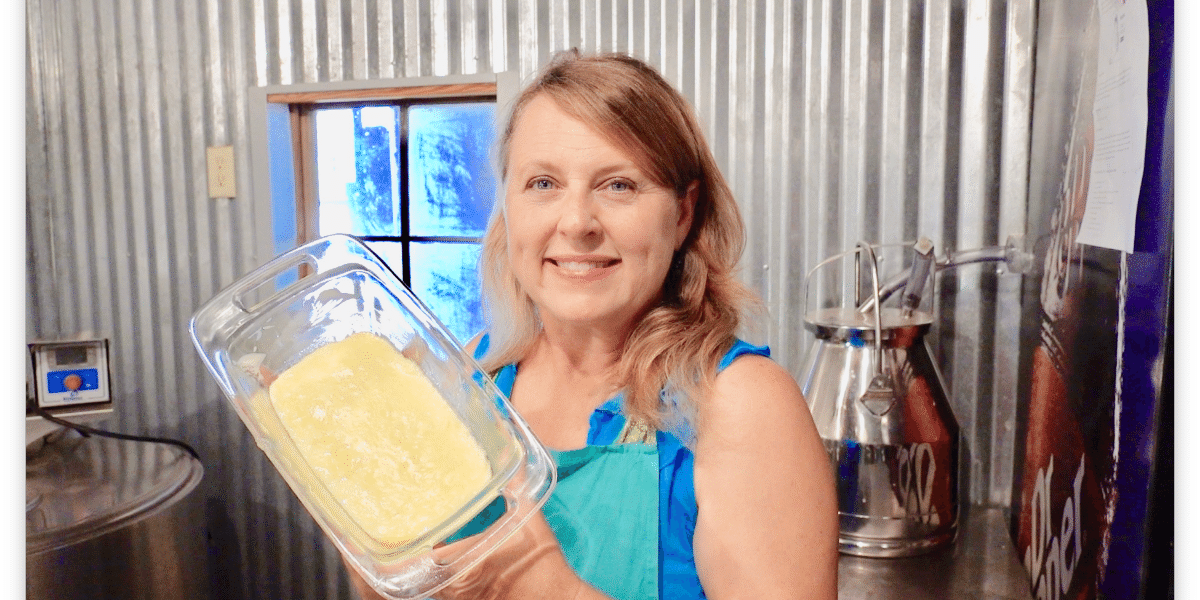Learn the Art of Floridia Cheese: An Overview to Cheese Makers Melbourne
Learn the Art of Floridia Cheese: An Overview to Cheese Makers Melbourne
Blog Article
Unlocking the Keys of Artisanal Cheese Making: A Step-by-Step DIY Overview
In the world of culinary craftsmanship, artisanal cheese making stands as a testament to the delicate balance in between tradition and development. As we embark on this trip to demystify the art of creating elegant cheeses, we are faced with a tapestry of secrets and abilities waiting to be untangled.
Selecting the Right Milk
When starting the trip of artisanal cheese production, the choice of milk plays a crucial duty in determining the high quality and characteristics of the final item. The kind of milk chosen influences the taste, appearance, and on the whole account of celebrity. Raw milk, directly from the animal, is preferred by numerous artisanal cheesemakers because of its unique mix of enzymes, germs, and flavor compounds. Making use of raw milk comes with guidelines and risks, making sterilized milk a safer alternative for newbies.
In addition, the source of the milk, whether from cows, goats, sheep, or buffalo, contributes distinctive flavors and features to the cheese. Each type of milk brings its own nuances, enabling for a large variety of cheese varieties to be crafted based on the picked milk.
Culturing and Coagulating
To start the cheese-making process, the vital actions of culturing and coagulating have to be thoroughly performed to transform milk into curds and whey. The kind of culture made use of can significantly influence the flavor, appearance, and ripening of the last cheese product.

The timing and temperature control during culturing and coagulation are important variables that affect the final end result of celebrity. Proper implementation of these steps is important to ensure the preferred structure, taste, and uniformity of the artisanal cheese being generated.
Draining Pipes and Pressing Curds
After the milk healthy proteins have coagulated and the curds have been reduced to launch whey, the next important action in artisanal cheese making entails draining pipes and pushing the curds to attain the preferred structure and consistency of the final cheese product. Draining is the procedure of dividing the curds from the whey. This can be done by transferring the curds into a cheesecloth-lined colander or mold and permitting the whey to drain pipes off naturally. The moment for draining pipes can vary depending on the kind of cheese being made and the preferred moisture web content.
As soon as the curds have actually completely drained pipes, the following step is pressing. Pressing aids eliminate any kind of remaining whey and compacts the curds to develop a strong cheese wheel. Pressing can be done using specialized cheese presses that article source apply mild and consistent pressure over a time period. The period and stress used during pushing will affect the final appearance of celebrity, from velvety and soft to difficult and firm. Correct pressing and draining pipes are important steps that significantly influence the high quality and attributes of the artisanal cheese being produced.
Aging and Flavor Methods
Executing meticulous aging and flavor strategies is essential in boosting the deepness and complexity of artisanal cheeses, raising their taste profiles to exquisite levels of improvement and class. Aging plays a crucial duty in creating the one-of-a-kind tastes and structures that identify artisanal cheeses.
Flavoring strategies also add dramatically to the final taste of artisanal cheeses. Cheesemakers may select to present added tastes by including active ingredients such as herbs, seasonings, or perhaps fruits right into the cheese during the production procedure. Furthermore, some cheeses are cleaned or scrubed with various fluids, such as you can find out more salt water or alcohol, to boost their tastes and structures.
Covering and Keeping Cheeses

Conclusion
In conclusion, mastering the art of artisanal cheese making includes very carefully selecting the right milk, adhering to precise culturing and coagulating procedures, draining and pushing curds efficiently, and making use of numerous aging and flavoring methods. Keep in mind to cover and keep your cheeses effectively to guarantee ideal taste and appearance advancement.
Each kind of milk brings its own subtleties, enabling for a broad range of cheese ranges to be crafted based on the selected milk.After the milk healthy proteins have coagulated and the curds have actually been cut to release whey, the next vital action in artisanal cheese making includes draining and pressing the curds to achieve the desired appearance and uniformity of the last cheese product. A lot of cheeses need to be covered in wax paper or cheese paper to enable them to take a breath while securing them from drying out. For cheeses that require to continue aging, such as bloomy peels or cleaned rinds, ensure they are stored in a cool environment like a cheese cave or a refrigerator set to the ideal temperature. By paying attention to the covering and storage space of artisanal cheeses, cheese makers and lovers can protect the integrity of these delicacies and completely enjoy their intricate flavors.
Report this page